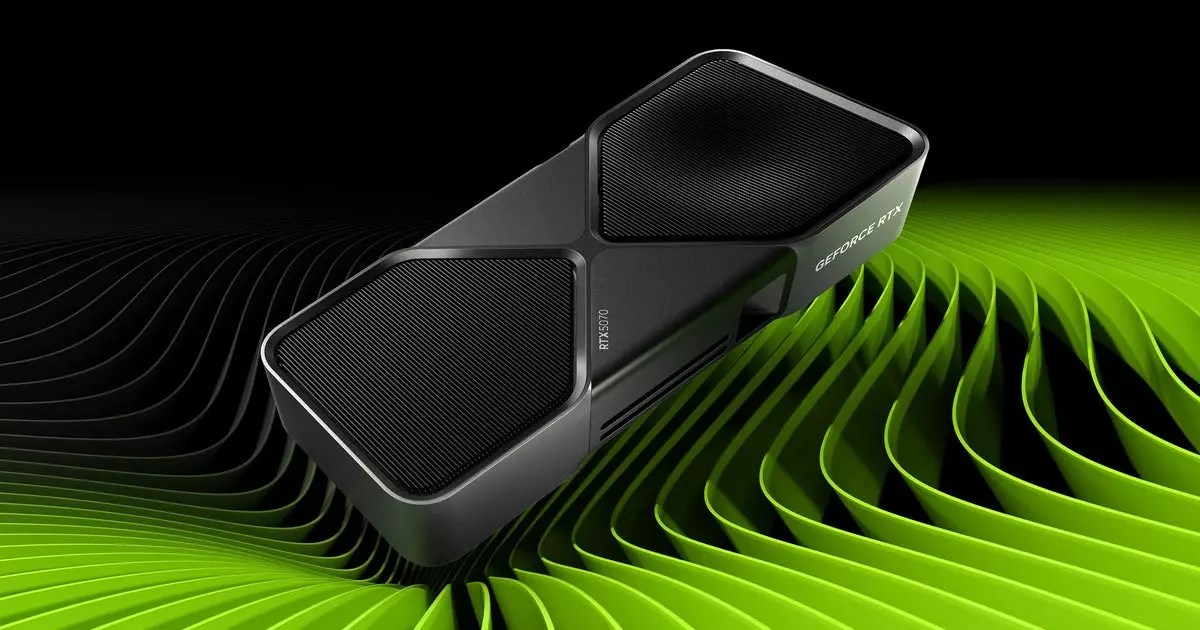The technology community has recently expressed concern over Nvidia’s proactive, yet unsettling approach to their driver updates. The company has launched a string of GeForce driver hotfixes at an unprecedented rate, particularly targeting their latest RTX 50 series graphics cards. The specific hotfix version, 576.26, was released to address significant issues like crashing and flickering in high-profile games such as Black Myth: Wukong, Forza Horizon 5, and the beloved Red Dead Redemption 2. However, this pattern of rapid hotfix releases speaks volumes about the underlying stability—or lack thereof—of Nvidia’s software.
Historically, driver hotfixes for GPU manufacturers were a rare occurrence. Nvidia’s more recent trend of pushing out fixes every couple of weeks deviates significantly from the norm. With hotfixes such as 572.24 addressing startup issues in Valorant, and 572.75 attempting to ameliorate dreaded black screen events, the quick succession of updates raises eyebrows about software reliability. It’s particularly alarming that both version 576.15 and the extensive 576.26 dropped on the same day, suggesting a reactive rather than proactive approach to driver integrity.
Impact on User Experience
Despite my personal experience during hardware reviews showing no visible issues with these cards, the broader community feedback paints a different picture. Nvidia’s forum thread exhibits numerous complaints from users still grappling with various bugs, an alarming contradiction that cannot be ignored. The mention of version 576.02, the last stable driver, appears frequently, and the fact that subsequent hotfixes attempt to patch problems associated with it raises serious questions about the quality assurance processes in place.
The crux of the problem may lie in the rush to maintain relevance amidst the fast-paced gaming environment. Nvidia often faces immense pressure to support major new releases or hardware options such as the RTX 5060 Ti, leading to rushed stable driver releases. However, this should no longer be an acceptable excuse for providing subpar driver stability. A well-structured software environment should not compromise quality for timely updates.
The Future of RTX 50 Series Software Stability
What does this all mean for Nvidia’s standing in the competitive graphics card market? For enthusiasts and gamers alike, the current hotfix situation can breed skepticism about the reliability of the RTX 50 series lineup. These continuous patches might not only frustrate users but also tarnish the brand’s reputation as a leader in graphics technology.
Users should not have to play a guessing game with driver updates. It’s essential for Nvidia to prioritize a robust testing phase before rolling out any driver updates. For the long-term success of the RTX 50 series, they must learn from this tumultuous moment and recommit themselves to quality assurance rather than quantity of updates. The expectation is high, and stake-holders look towards Nvidia not just for groundbreaking technology but also for a dependable user experience. Gamers simply want to enjoy seamless performance without the shadow of impending hotfixes looming over their gameplay.


Leave a Reply